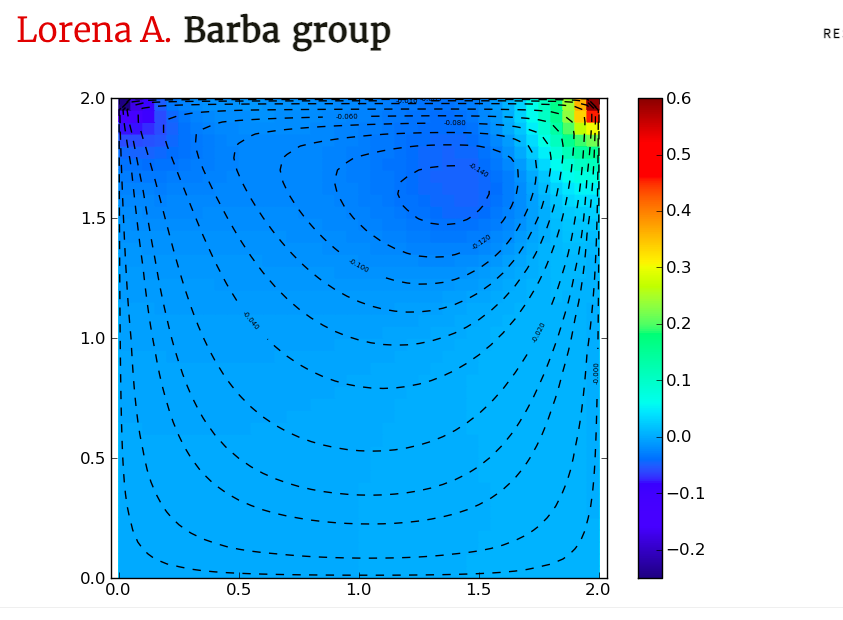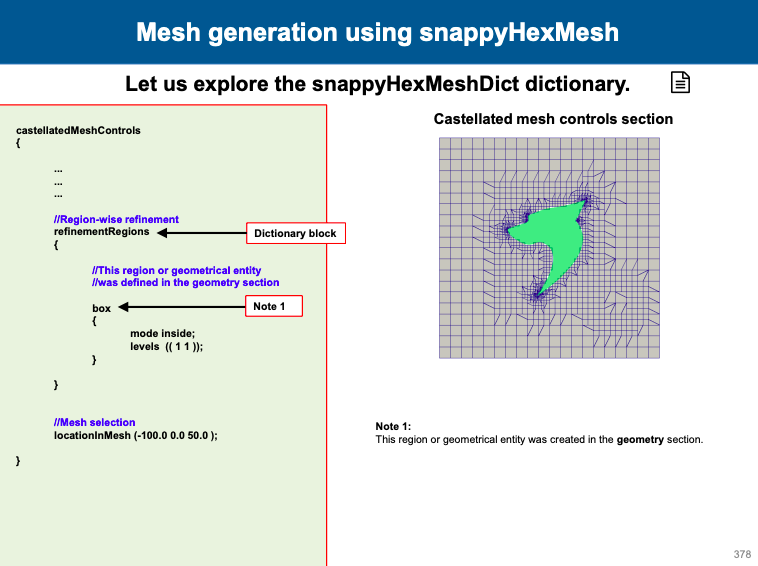People say “CFD is hard”. Even the most experienced experts with PhDs in CFD or numerical simulations sometimes said that CFD is quite hard to learn. I have been asked several times what are the best resources to learn CFD. And I also saw several similar questions across LinkedIn, Reddit and Twitter.
Why? Because CFD is a wide field of study while really deep. It’s interdisciplinary. You need to know physics, fluid dynamics, numerical methods, computer science and you need deep understanding of these fields.
Some may think CFD is not that difficult. All you need is Ansys package or Solidworks Simulation module! Actually, it’s a very dangerous idea. Even if you can click your way out using the beautiful buttons and menus these commercial codes provide, you will still need to understand the underlying physics you are solving and which approach is suitable for your problem.
On the other hand, learning CFD codes without these smooth interfaces is not very difficult, either. For example, if you want to learn OpenFOAM, you may use a lot of OpenFOAM resources mentioned in this very page. You can also check my articles about installation, meshing, running OpenFOAM.
You may think “OK Thaw, it’s just troublesome to argue with you. I just accepted that CFD is hard. Then what? How should I learn if CFD is this hard?”
Here are the resources for your CFD education which are available FOR FREE!
12 steps to Navier-Stokes course by Prof. Lorena Barba
If you are a total beginner and you want to learn the basics of CFD and actually practice programming a CFD code, this course is yours! Prof. Barba’s very clear and step-by-step explanations will help you fully understand the very fundamentals of CFD.

Since this course is a beginner’s course, the prerequisites for this course are quite easy. All you need is a bit of calculus and basic Python skills. And the opportunity to practice Python programming is a bonus!
You can find the github link to the course materials here.
You can find the lecture videos in YouTube.
Here is an example of Prof. Barba’s lectures.
Notes on Computational Fluid Dynamics: General Principles
If you are a beginner or an advanced OpenFOAM user, this book is definitely for you! Written by creators of OpenFOAM (Christ Greenshields and Henery Weller), this very simple book includes the very details and inside-outs of OpenFOAM.

If you are not very sure of which boundary condition to use for your OpenFOAM simulation, or you do not know why simpleFoam solver uses HbyA instead of directly applying Rhie-Chow correction, I am sure you want to consult with this book.
While the printed version is available in the Amazon websites of different regions, the online version is absolute free! You can read at your convenience at the CFD Direct website.
The Perić Lectures on CFD: An innovative learning experience
If Prof. Barba’s lectures are for beginners, Prof. Peric’s CFD lectures are definitely for intermediate and advanced CFD engineers who wish to understand the very details of various numerical methods used in CFD. This course will deepen your understanding of the numerical schemes, solver algorithms and solution methods to another level.
The better part is all materials including PowerPoint slides, CFD codes and lecture scripts are available for totally free. No strings attached. Not even need to register. And the lecture videos are available on YouTube.
I have never thanked SIEMENS for any of their software or products. But this course being available for totally free makes me thank them so much. Thank you so much SIEMENS, you people did an incredible job for CFD education by sharing these resources and lectures by one of the most respected CFD legend!
Fluid Mechanics 101
Dr. Aidan Wimshurst is an expert in CFD and he can clearly explain complex CFD theories in a very simple manner. That is the selling point of his YouTube channel, Fluid Mechanics 101. You can find the explanations of small but important details which may not be explained in the above resources in this YouTube channel. Actually, I learned how to estimate the mesh size for my LES simulations from Dr. Aidan’s explanation.
The best OpenFOAM resources available for free
OpenFOAM tutorials provided by Wolf Dynamics
If you are either starting your amazing OpenFOAM journey or sharpening your already great OpenFOAM skills as a professional CFD engineer, these tutorials are for you! Prepared and taught by Dr. Joel Guerrero, these slides include very detailed explanations about various parts of OpenFOAM such as snappyHexMesh details, multiphase, turbulence, etc.
The only complaint I have is the material is too much, with 1000+ PowerPoint slides for introductory course alone, along with several GBs of training case materials! A lot of resources for you to learn OpenFOAM and CFD!

A collection of advanced OpenFOAM tutorials for practice created by Dr. Tobias Holzmann
Dr. Tobias Holzmann (or Tobi) is a well-known OpenFOAM expert, and he kindly shared some of his advanced OpenFOAM case files for free. You can learn how to use AMI for your rotary machinery or how to simulate Conjugate Heat Transfer of Tobi’s favorite drink.
The OpenFOAM Technology Primer (The best OpenFOAM textbook for free)
While Notes on CFD is a very good book on CFD, the OpenFOAM Technology Primer is the best all-round OpenFOAM book available for free. You can learn how to mesh, run and post-process OpenFOAM simulations as well as how to program complex solvers and libraries in OpenFOAM.
This book is quite balanced between CFD theory and OpenFOAM practice. But the best part is that it is very programming heavy. It can help you a lot with programming aspect of OpenFOAM.

The famous OpenFOAM course by Chalmers University
PhD Course in CFD with Open-source Software is a well-known OpenFOAM advanced course taught by Prof. Hakan Nilsson. This course focuses on creating custom solvers for any complex problem someone is trying to solve. This course encourages students to learn OpenFOAM by creating solvers and libraries and creating a report in LaTeX. You can check and download the project gallery by the students and learn and modify for your own problem.
